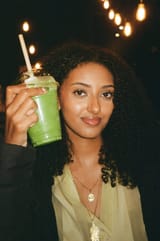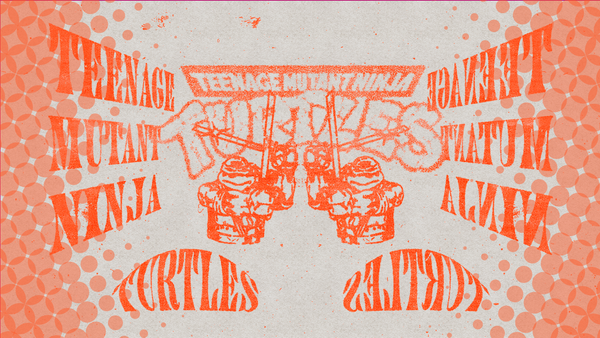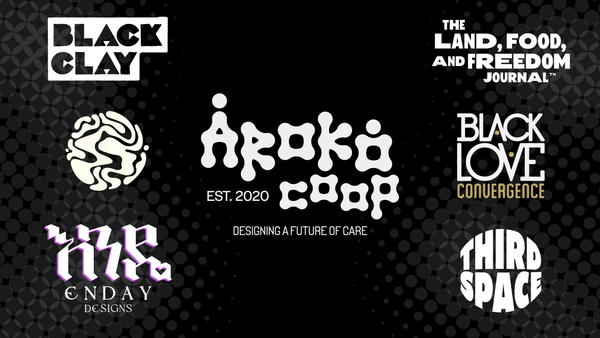Pumpkin Angels & Habesha Magic: Stitching Spells and Sewing Culture
Ethiopian-American designers reclaim Halloween as a time of joy, blending culture with creative freedom!
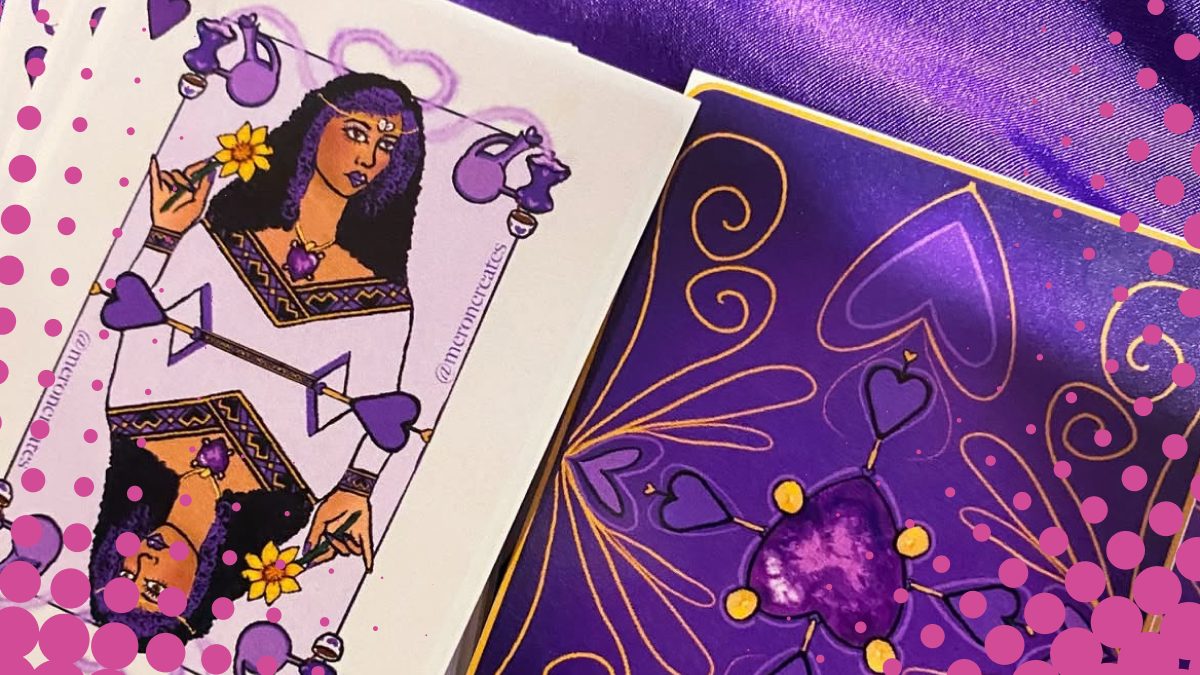
Halloween has always been my favorite time of the year, a time to dress up in fits that serve your wildest dreams, stir childhood nostalgia, and spark creative freedom. I remember my first few Halloweens trick-or-treating [in the mall during early years, door to door as I got older] transforming rainy Seattle nights to shimmer with magic.
I love Halloween for the playful and cute spooky aspect of the season, the joy it brings my inner child, the one that sketched for hours and dreamed of seeing her creations come to life. As I entered undergrad and beyond, it became the one time of the year I was able to hone in on my craft: gluing seashells from Ocean Beach on a mermaid costume to sewing my Habesha Purple Queen of Hearts costume (custom card design by @Meroncreates). Every painted pumpkin or handmade stitch felt like a sweet spell. Ever seen an Ethiopian angel on a pumpkin? @meroncreates did that!
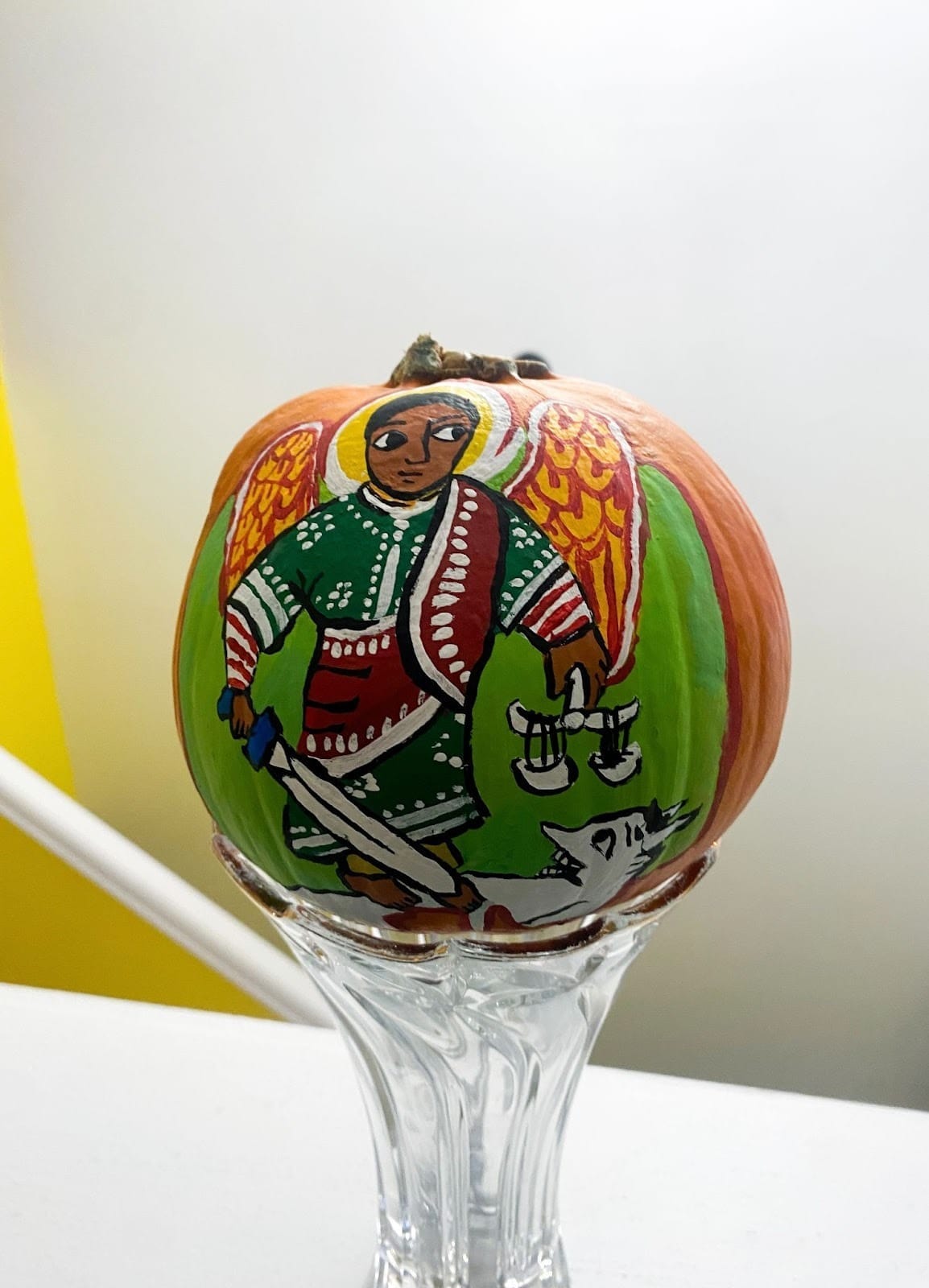

Left image: St. Michael standing on the Devil, Meron Solomon (@meroncreates, 2024). Right image: St. Michael standing on the Devil, Wändemmu Gashaw (Ethiopian Scribe of Däbrä Libanos monastery, 2nd quarter 20th century)
I always feel deeply connected to Black art, especially when in spiritual artwork [such as in Candomblé and Yorùbá practices] center and represent African/Black imagery. As a young child, most of the figures I came across in the Ethiopian Orthodox Church were unfortunately mainly white or light skinned. Except for one particular art piece, that my grandmother had showcasing Mariam [Mary] as Black. In 2015 during a boat tour of monasteries on Lake Tana in Bahir Dar, I asked the tour guide in Amharic, “why are all the angels white?” He looked at me perplexed and said simply, “I don’t know, but that’s a good question, and no one has ever asked me that before.”
When I asked Meron why she chose to paint the devil as white, she said,
“Evil is always seen as dark. I wanted to flip that. I’m tired of colorism. It’s obvious the Angel was slaying a demonic being and I really didn't want to rely on the color of the devil to symbolize evil.”
Her choice wasn’t just artistic, it was radical: challenging how Blackness and divinity are portrayed both in Ethiopia and globally.
This year, I dressed up [while coaching at Solidcore] giving, “If your instructor was a vampire.” Inspired by Tigest Girma’s book Immortal Dark, I channeled my inner Ethiopian vampire. Girma’s writing places African people at the center of vampire lore, blending in Ethiopian history and dropping Amharic words throughout the pages like,
yene [የኔ “mine.”], fikre [ፍቅር “love”], mot [ሞት “death’].
Spellbinding me in a fantastical world that mixes English and Amharic, creating imagination beyond limitation.
Some call Halloween, “Satan’s holiday,” but I see it as a time of joy, creativity, and wonder.
As my sister, Meron, and I got older, we were always looking for ways to infuse Halloween with our love for our Ethiopian culture. In 2023, Meron illustrated a cute ghost that resembled an Ethiopian tilet cloth, flying in the sky, passing out candy with a Mesob [a Mesob is a handwoven basket traditionally used to store injera or as a serving platter for Ethiopian/Eritrean food]. Meron created a way to celebrate Halloween and drew in her Ethiopian culture as a part of it.

In 2023, I knew I wanted to be the Queen of Hearts. Dissatisfied with what was on the market, I made my own costume that sprinkled in elements from my culture. I created patterns for a heart shaped crop top and skirt that I sewed. Meanwhile, Meron illustrated a personal Queen of Hearts card that resembled me and took my costume to the next level. I used the cards to create my crown, scepter, and added cards to the end of my skirt to mimic the tilet designs at the end of habesha kemises [Ethiopian dresses].
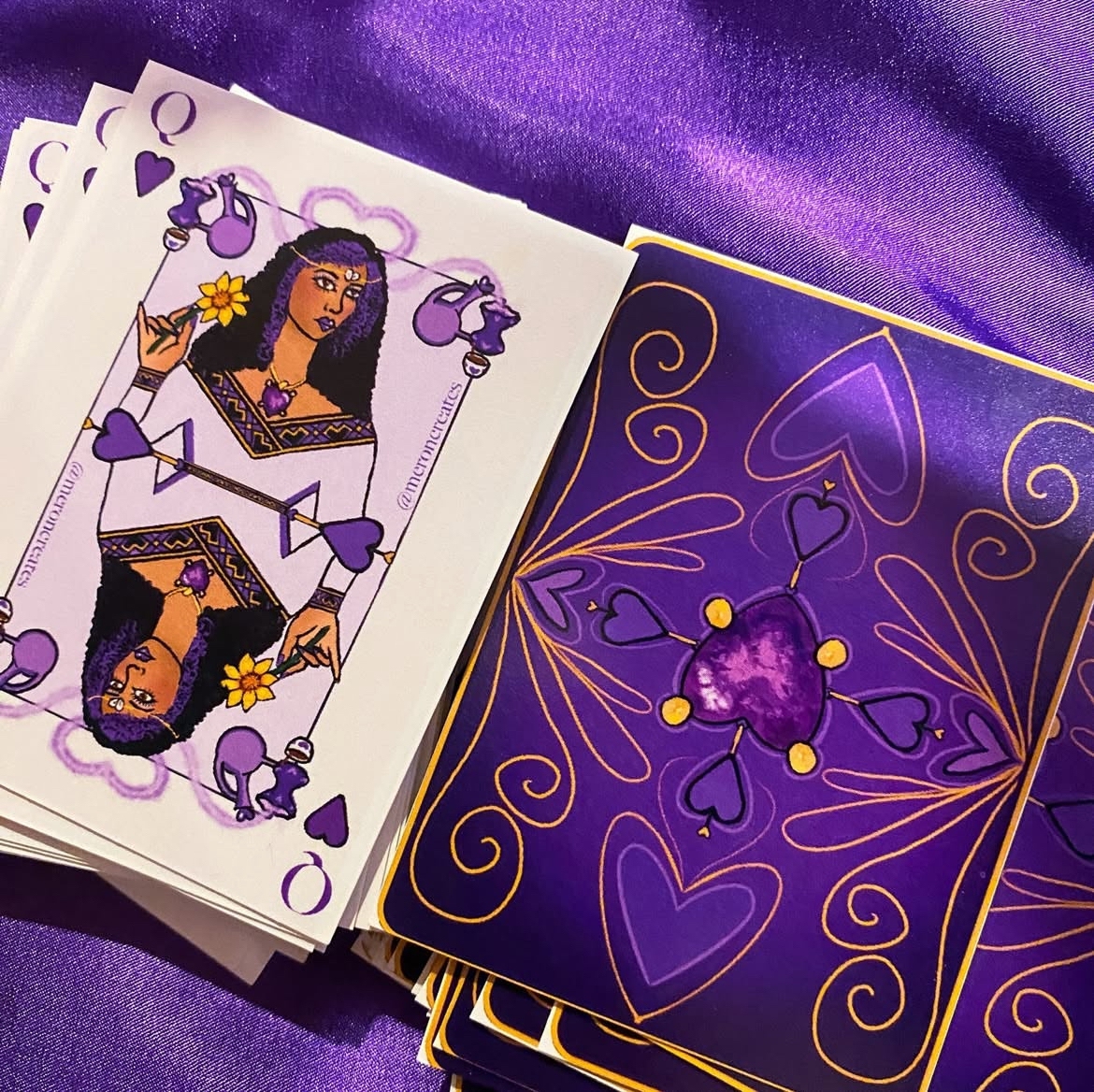
The details of the queen on the card:
- Black curly hair with hints of purple (dass me)
- Poses with an Adey Abeba [a flower indigenous to Ethiopia]
- Habesha Kemis [dress], with a custom Enday (@endaydesigns) heart textile pattern
- Queen’s headpiece is designed with zagols [cowrie shells] in the shape of a heart.
Ethiopia’s traditional coffee ceremony on the card’s border design:
- Etan [incense] smoke that trails into a heart shape
- Purple Jebena [Ethiopian coffee brewing pot] & cinis [Ethiopian cups] with hearts
For my queen of hearts photoshoot, I wanted to be transported to Harar (the Eastern region of Ethiopia), the land of my grandmother; sometimes referred to as, “the city of love” , where the walls are painted with vivid colors and fabrics sparkle.
I photoshopped myself in front of those colorful walls of Harar, posing with a mesob that had candy in it, inspired by Meron’s habesha ghost!
In reality, would I be welcomed in Harar in a non-modest costume? Most likely not, but the fun of Halloween is it allows me to dream without limitation and safely intermix my love for my culture and exist in the way I desire to be seen.
I hope other Diasporans that are caught in-between worlds, are able to find ways to express themselves freely.

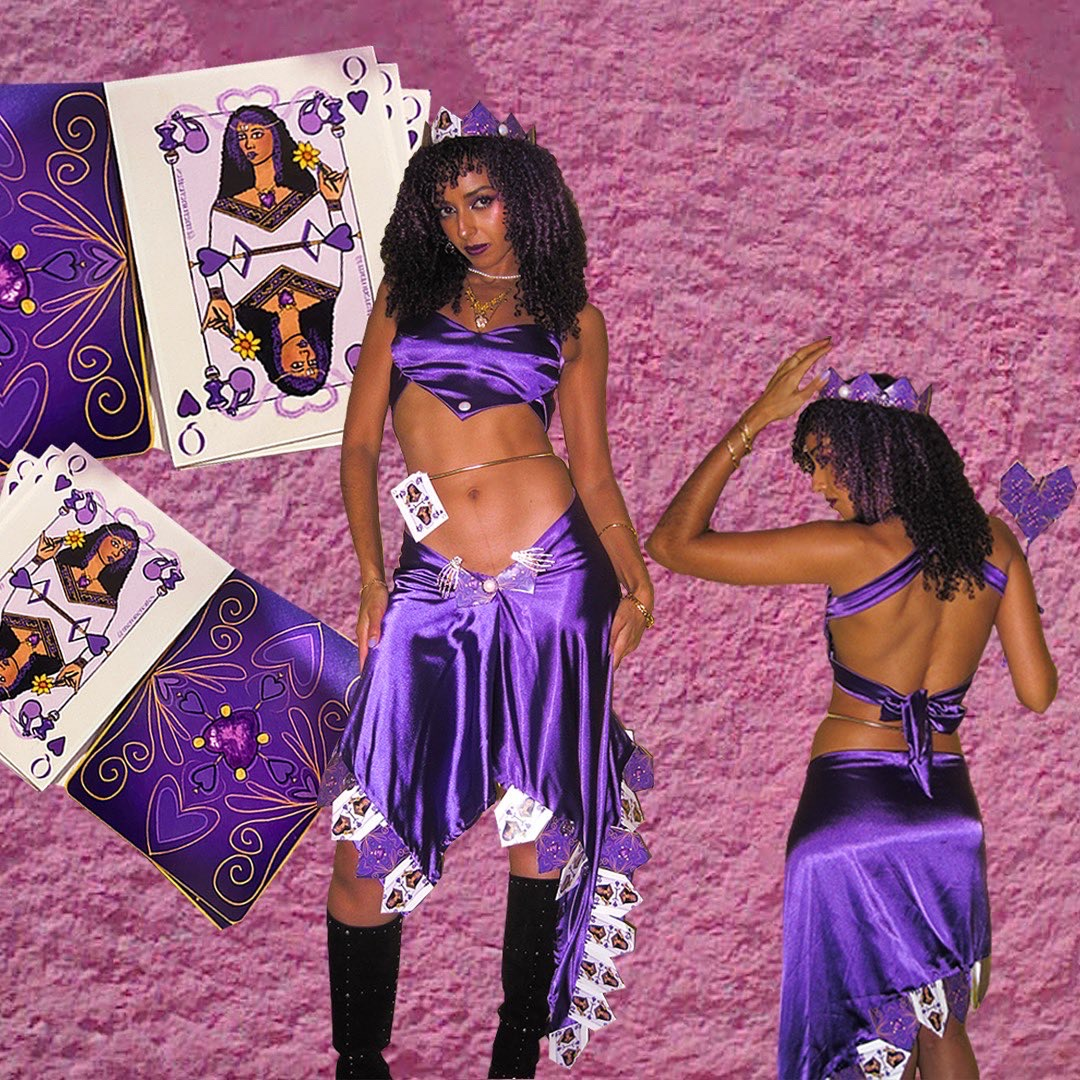
Purple Habesha Queen of Hearts, 2023
When I asked Meron about her experiences with Halloween, she told me she associated it with happy childhood memories of celebrating at school in Seattle, seeing the halls adorned with paper bat cutouts, fun halloween themes incorporated into lessons and activities, and a halloween party at the end of the day. The best part for her was pouring out all the candy she had collected from trick-or-treating, and examining what candies she got and which she would exchange with our siblings.
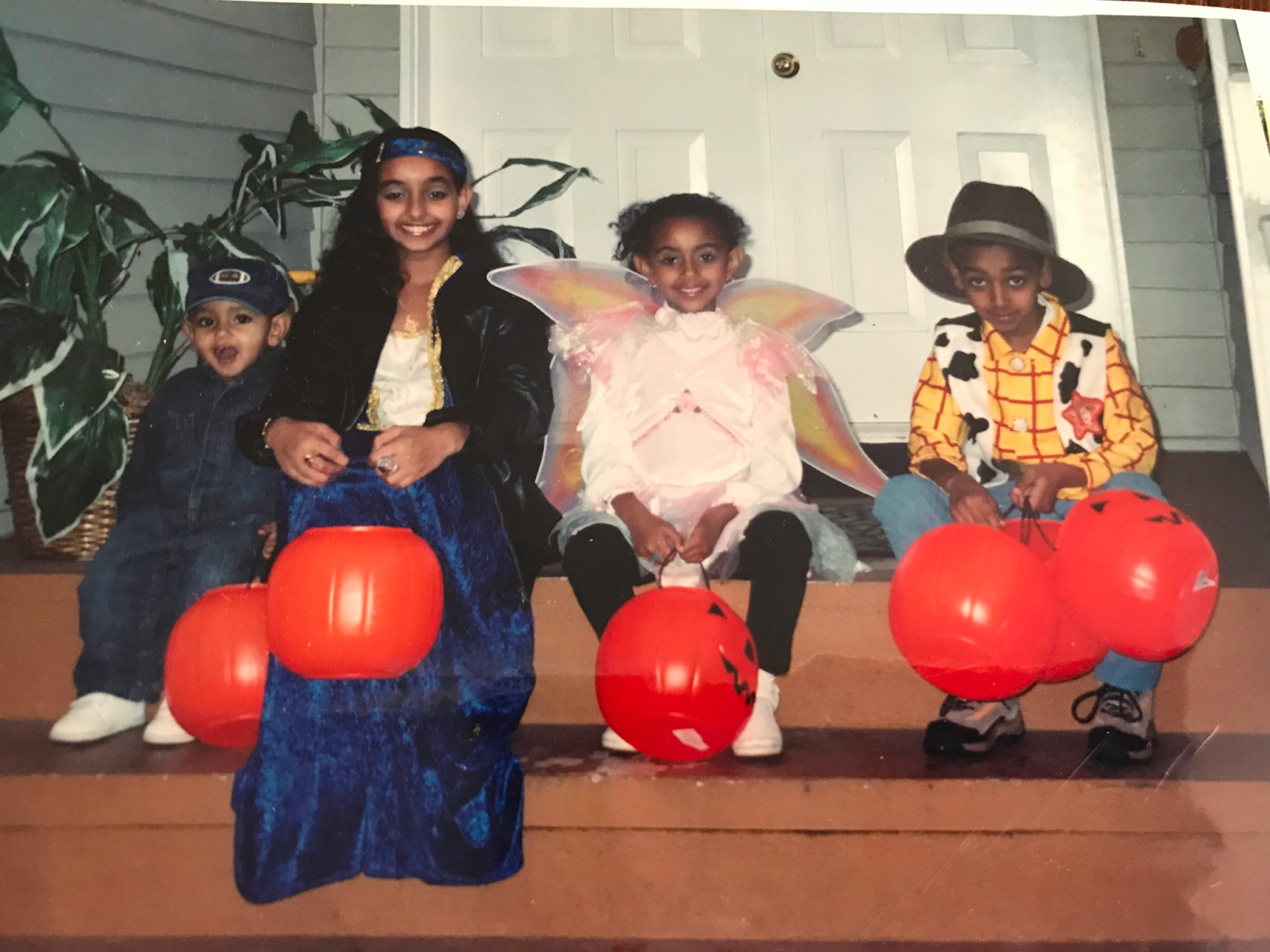
I share similar childhood memories of celebrating Halloween in the U.S., and back in 2001, I even got to celebrate Halloween while living in Addis; my cousins, siblings and I joined neighborhood kids (from local Habesha and international families), dressed in everything from nuns, princesses, and some in their regular snazzy clothes. Elders said that Halloween, “wasn’t our culture, wasn’t our religion, it was satan,” but despite it all, here we were knocking on doors for candy and laughing the night away. That memory still warms my heart.
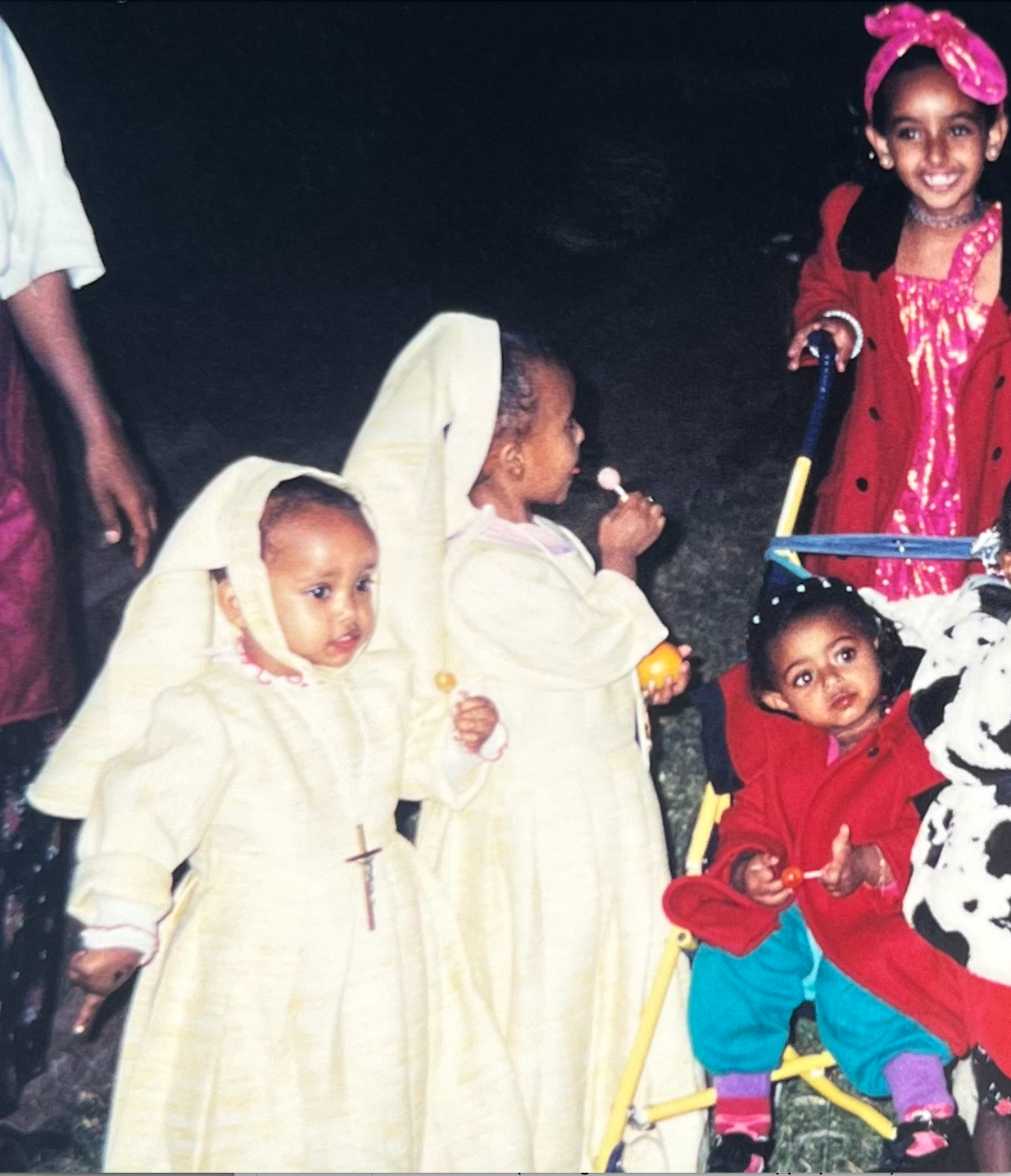
Some friends living in Ethiopia tell me Halloween is still underground, though now parties pop up more publicly. It is not always safe, but it is proof that Habeshas and the African Diasporans crave the creativity and joy Halloween brings, no matter the stigma.
When I think about the pushback I’ve received from elders in my community, I realize it often comes from—fear of buda [evil eye] or concern that I’ll convert to a spiritual practice different from the one I was raised to believe in. The rejection of anything “different” than one's own traditions, limits our communities from growing and evolving.
Expanding your mind to understanding different cultures, customs, art and spiritual practices; bridges intergenerational community connection. Eliminate judgment and misunderstanding out of your mind; to illuminate limitless magical possibilities.
Is a holiday really harmful if it makes kids smile and adults reconnect with their younger selves? How do you invite play into your life?
So I say, go hard for Halloween, just avoid cultural appropriation. Move with care, build community to celebrate safely, especially if you’re anywhere where Halloween is still misunderstood. Protect your energy from hexes and slay in the fits of your dreams.
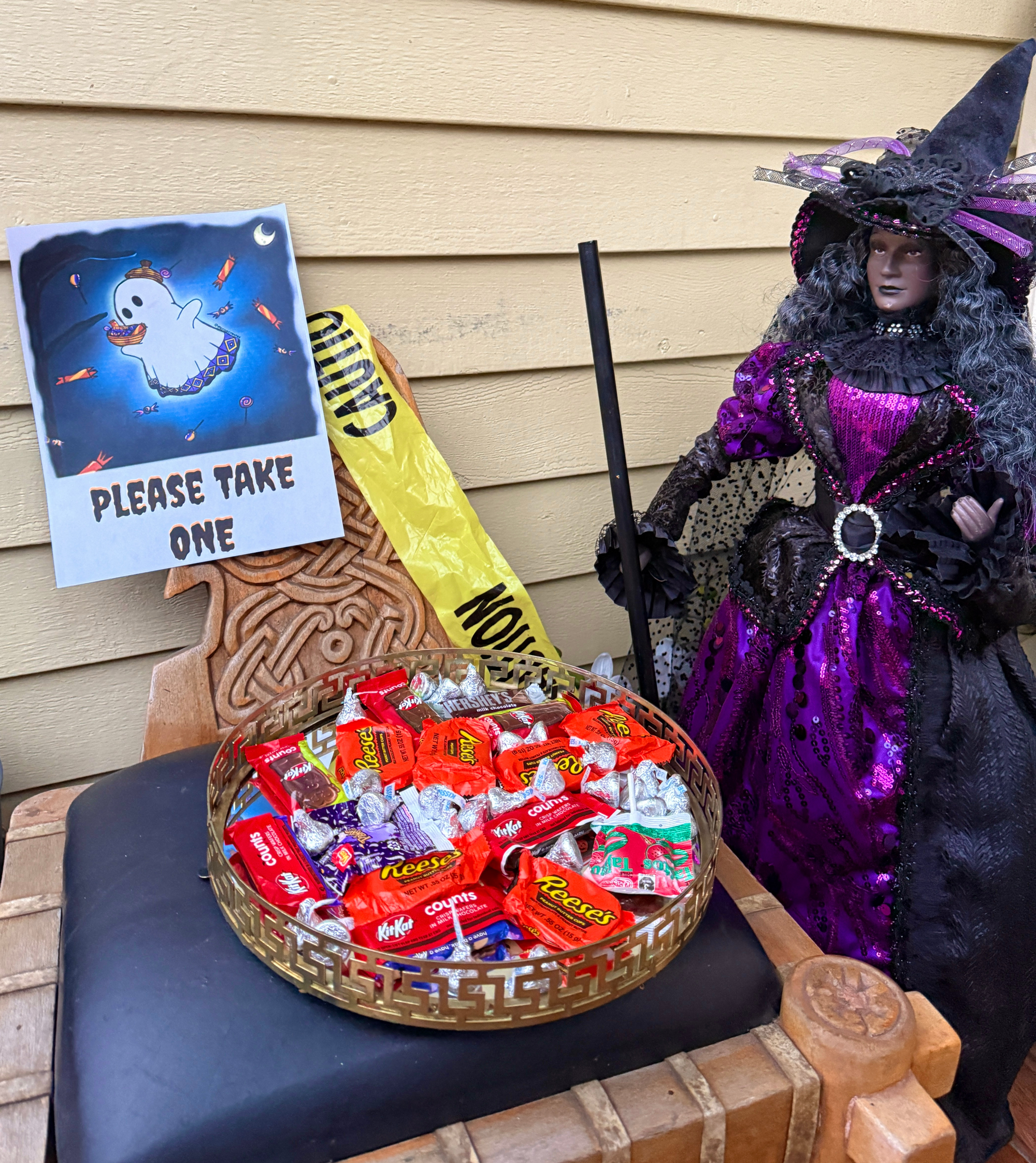
About the authors:
Mahie & Meron are the sisters that launched Enday Designs [@endaydesigns], a slow luxury fashion brand that creates handwoven contemporary cultural ensembles and streetwear rooted in Ethiopian culture with a spicy twist! As a slow fashion brand, Enday co-creates with local weavers and artisans, redefining tradition, and makes pieces to be loved for generations.


